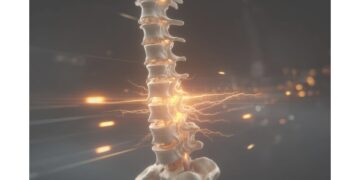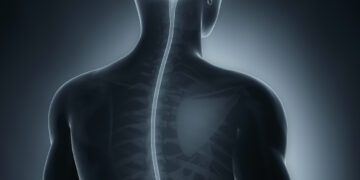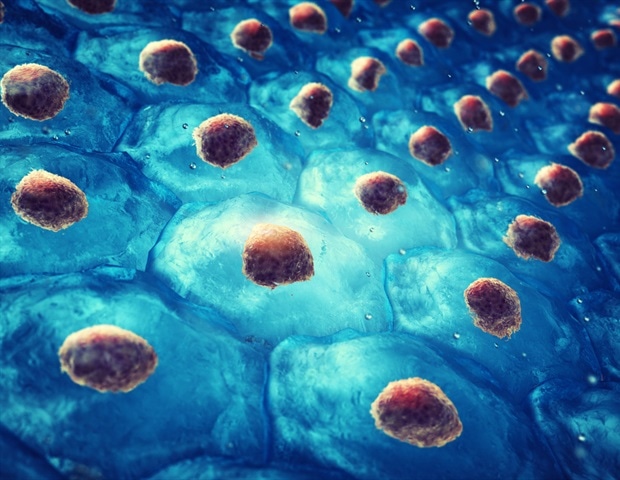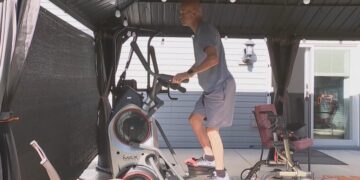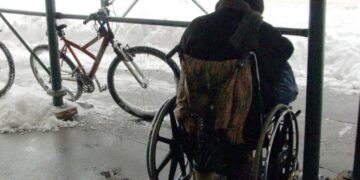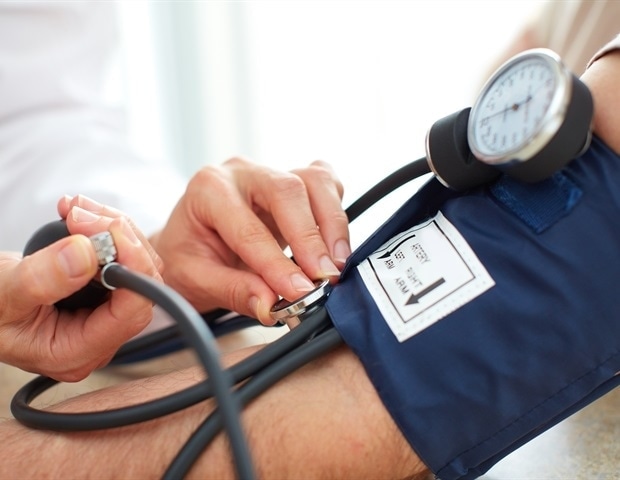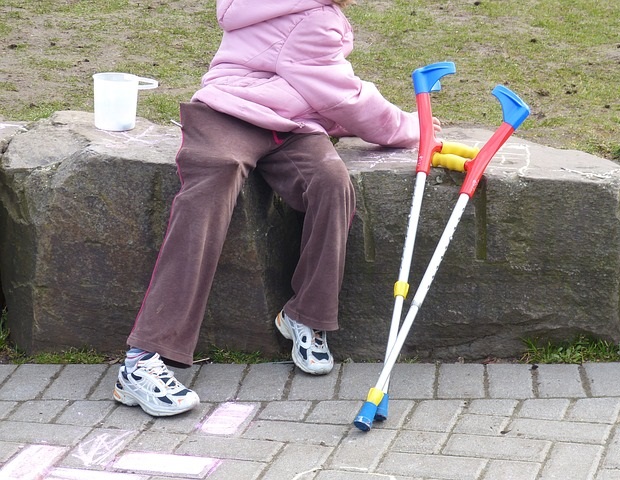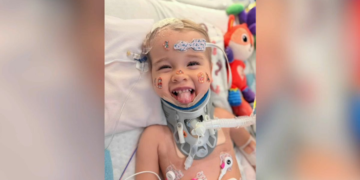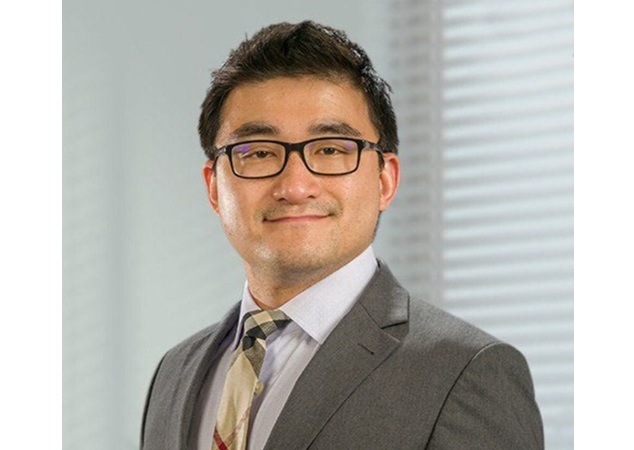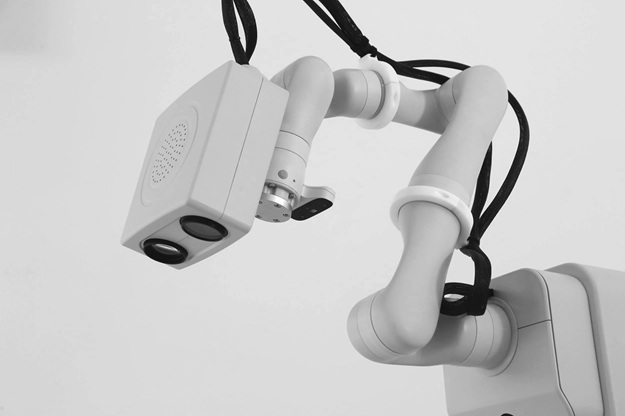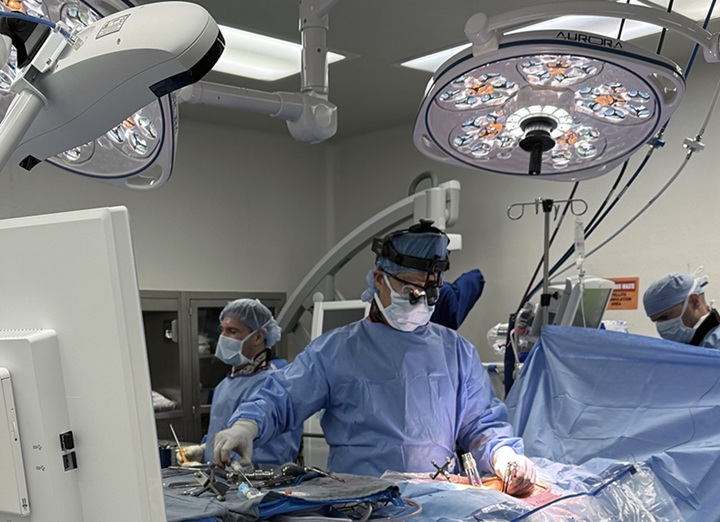
DENVER, Nov. 17, 2025 -(BUSINESS WIRE)- Spine surgeons at Hospital for Special Surgery (HSS) reported promising findings for teen athletes suffering from pars fracture, a common cause of back pain in teens that doesn’t always heal on its own and can lead to chronic discomfort later in life. Robotic-assisted minimally invasive pars repair allowed most patients to return to sports in as little as six weeks. The findings were reported at the 40th Annual Meeting of the North American Spine Society, held Nov. 14-16 in Denver.
A pars fracture, also called spondylolysis, is a break in the pars interarticularis, a narrow area of bone that connects two vertebrae in the spine. It usually occurs in the lumbar spine (lower back). About 7 percent of all teenagers experience a pars fracture, and that number can increase to 50 percent among teenagers who play high-risk sports such as gymnastics, soccer, and soccer.
While these injuries may heal on their own after a six to eight week break from sports, one in five teens continue to experience a non-healing fracture (pseudarthrosis). The pain often returns after resuming activity and some athletes have been told to give up sports altogether. “Nonunion can cause persistent back pain and, in certain cases, even require lumbar fusion later in life if the fracture results in a vertebral slip, where the vertebrae slip out of place,” explained Austin Kaidi, MD, an orthopedic surgery resident at HSS and lead author of the study.
About seven years ago, HSS spine surgeon Sheeraz Qureshi, MD, co-director of HSS Spine and lead author of the study, began using a spine surgery robot to plan the placement of surgical screws in novel ways. His work led to a change in the way HSS surgeons approached pars fracture repairs.
The new minimally invasive technique involves placing a single screw through a 1cm incision, much smaller than traditional surgery to repair a pars fracture, which is performed through a larger incision and requires a bone graft. The robotic procedure is performed on an outpatient basis and is associated with an easier and shorter recovery.
Study: Robotic Pair Repair Allows Early Return to Activity for Adolescents With Symptomatic Spondylolysis: A Case Series
Dr. Kaidi, Dr. Qureshi, and colleagues performed a retrospective review of nine adolescent patients with lumbar spondylolysis (average age 16) who underwent robotic-assisted pars repair at HSS using the single-screw technique. Patients had endured back pain before surgery for an average of 8 months. After surgery, they participated in an 8-week physical therapy program that began with walking and gradually reintroduced sports-specific exercises.
After an average follow-up of 11.4 months, five patients had returned to practicing the same level of sport or even a higher level. One patient had residual back pain and did not return to sports. Three patients had CT scans at 1 year that demonstrated fracture healing. Athletes were able to return to activity in just six weeks. “Although a non-surgical treatment should always be tried before considering surgery, we were surprised by the effectiveness of this technique in allowing athletes to return to sport,” said Dr. Kaidi.
HSS is a leader in robotic-assisted single-screw repair and one of the few institutions worldwide to have published on this technique. This study is the largest series ever reported in these patients.
“This safe and effective procedure is changing the way the medical community thinks about these injuries. We are moving from ‘do nothing for 6 weeks’ to a more elegant and proactive solution,” Dr. Qureshi concluded. “Early minimally invasive spine surgery can prevent future complications. We not only care for patients when they are young, but also help them in the long term.”
Reference
Robotic Pair Repair Allows Early Return to Activity for Adolescents With Symptomatic Spondylolysis: A Case Series
Authors: Austin Kaidi MD, MSc, Michelle Zabat, MD, Amy Xu, MD, Adin Ehrlich, BS, Tomoyuki Asada, MD, PhD, Harvinder Sandhu, MD, Russel Huang, MD, Sravisht Iyer, MD, and Sheeraz Qureshi, MD, MBA
About HSS
HSS is the world’s leading academic medical center focused on musculoskeletal health. At its core is the Hospital for Special Surgery, ranked #1 nationally in orthopedics (for the 16th consecutive year), #3 in rheumatology by US News & World Report (2025-2026), and the best pediatric orthopedic hospital in New York, NJ and CT by US News & World Report’s “Best Children’s Hospitals” list (2024-2025). In a Newsweek survey of medical professionals in more than 20 countries, HSS is ranked number one in the world in orthopedics for the fifth consecutive year (2025). Founded in 1863, the hospital has the lowest orthopedic readmission rates in the country and one of the lowest infection and complication rates. HSS was the first in New York State to receive Magnet Recognition for Excellence in Nursing Service from the American Nurses Credentialing Center five consecutive times. HSS, an affiliate of Weill Cornell Medical College, has a main campus in New York City and facilities in New Jersey, Connecticut, and the Long Island and Westchester County regions of New York State, as well as Florida. In addition to patient care, HSS leads the field of research, innovation and education. The HSS Research Institute comprises 20 laboratories and 300 staff members focused on leading the advancement of musculoskeletal health through tissue degeneration prevention, repair and regeneration. Additionally, more than 200 HSS clinical researchers are working to improve patient outcomes through better ways to prevent, diagnose and treat orthopedic, rheumatic and musculoskeletal diseases. The HSS Innovation Institute works to realize the potential of new medicines, therapies and devices. The HSS Education Institute is a trusted leader in advancing musculoskeletal knowledge and research for physicians, nurses, allied health professionals, academic students and consumers in more than 165 countries. The institution is collaborating with medical centers and other organizations to improve the quality and value of musculoskeletal care and make world-class HSS care more accessible nationally and internationally. www.hss.edu.
Contacts
Rachaël Rennich / Tracy Hickenbottom
mediarelations@hss.edu
(212) 606-1197

